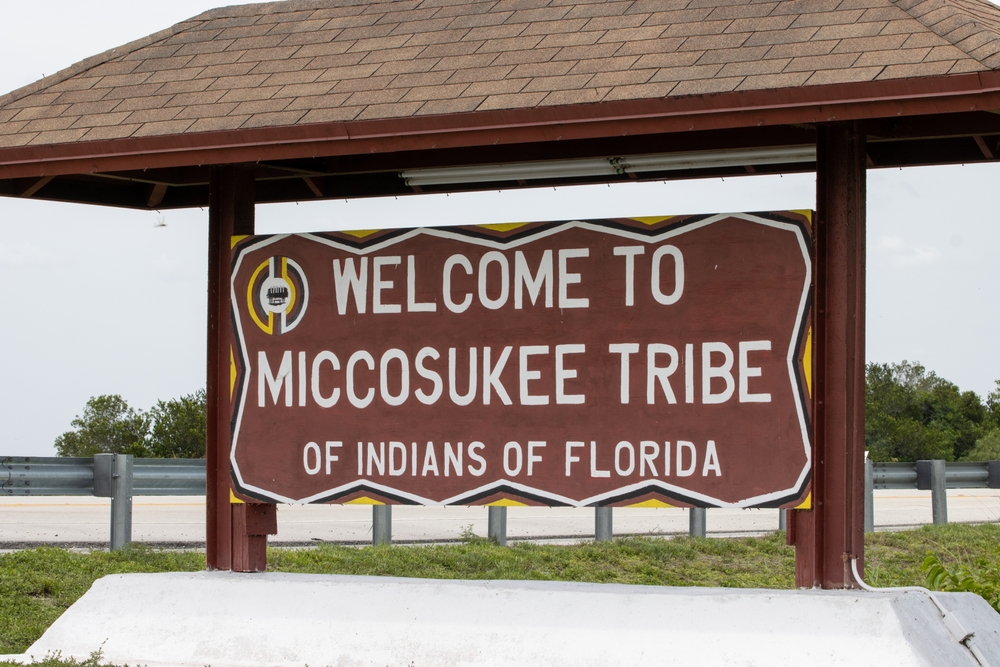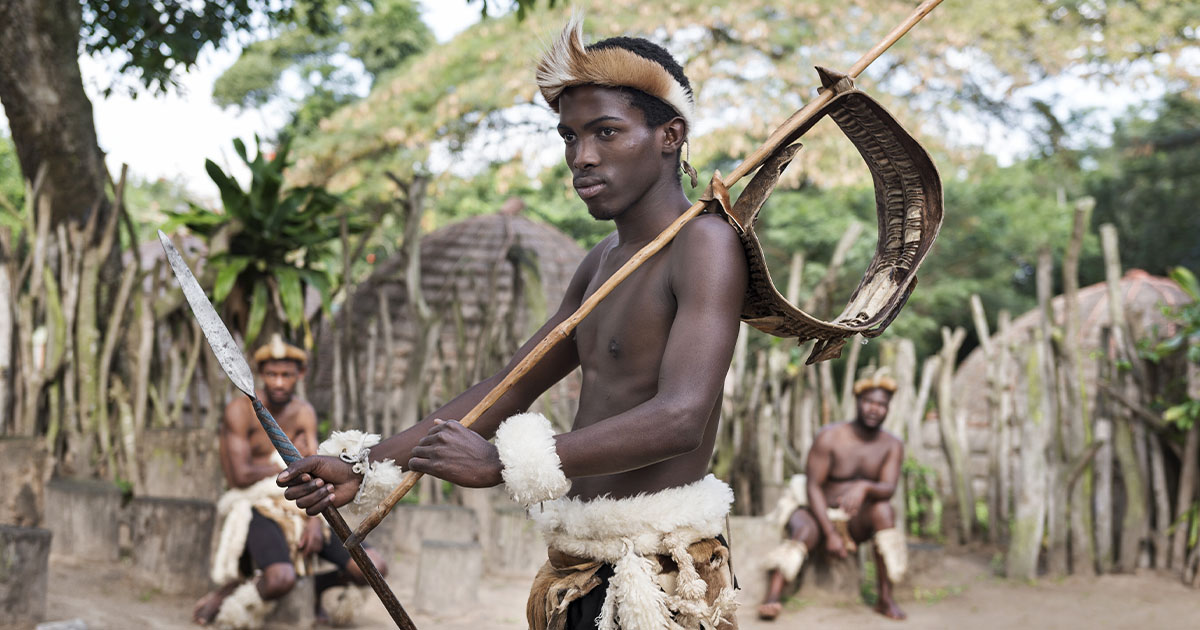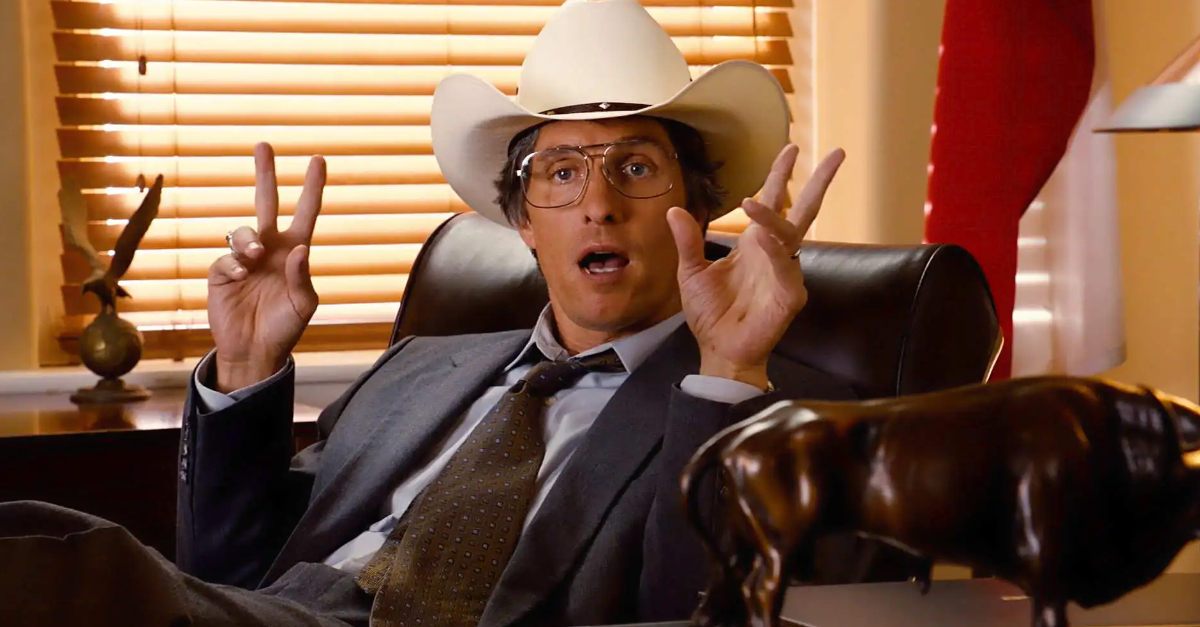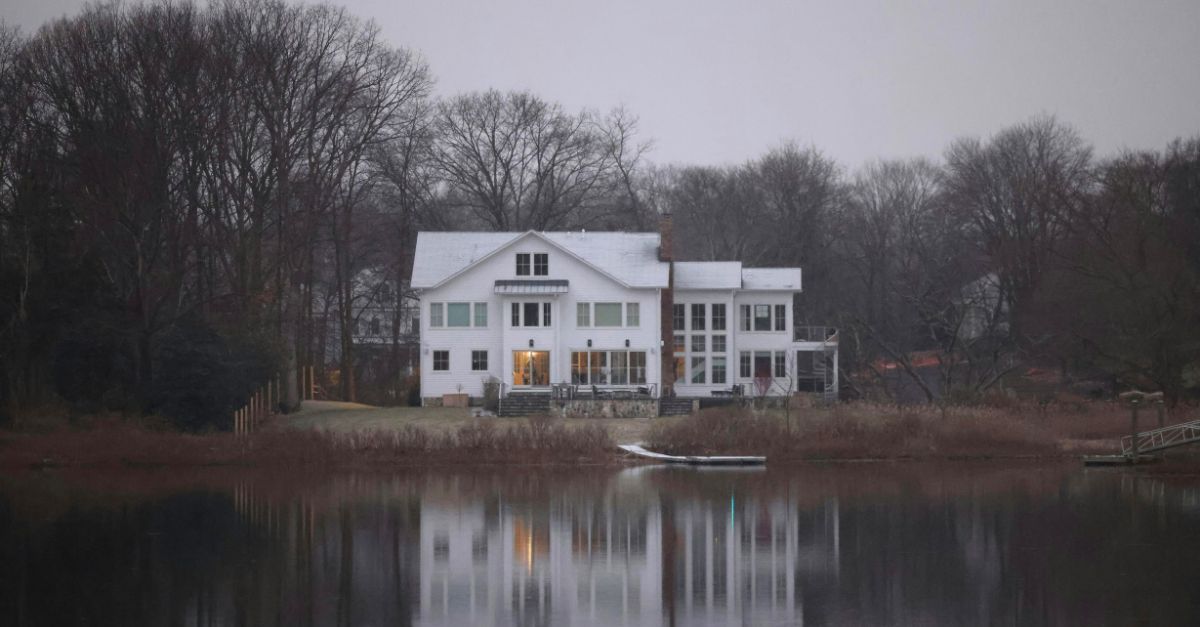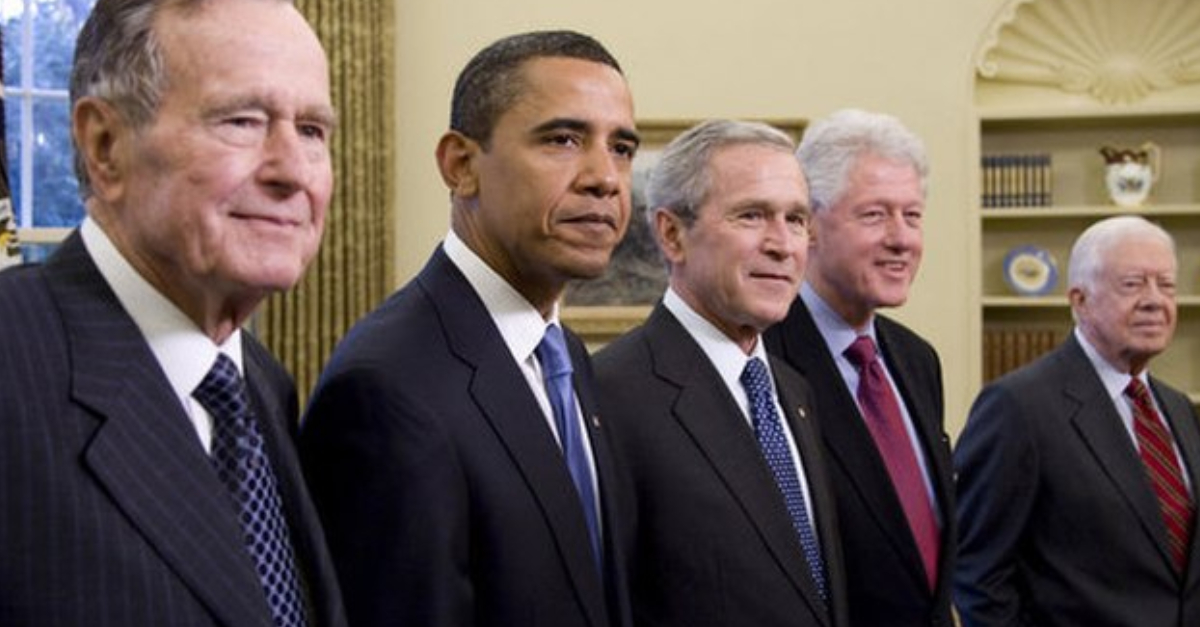The Unconquerable Tribe
While many Indigenous tribes have their origins in Florida, the Seminole People are one of the few Native American tribes in the United States to develop via ethnogenesis, as they came out of the settlement of Native American groups who settled in Florida in the 18th century, when it was a Spanish colony. Let's go over the fascinating history of Florida's unconquerable tribe.
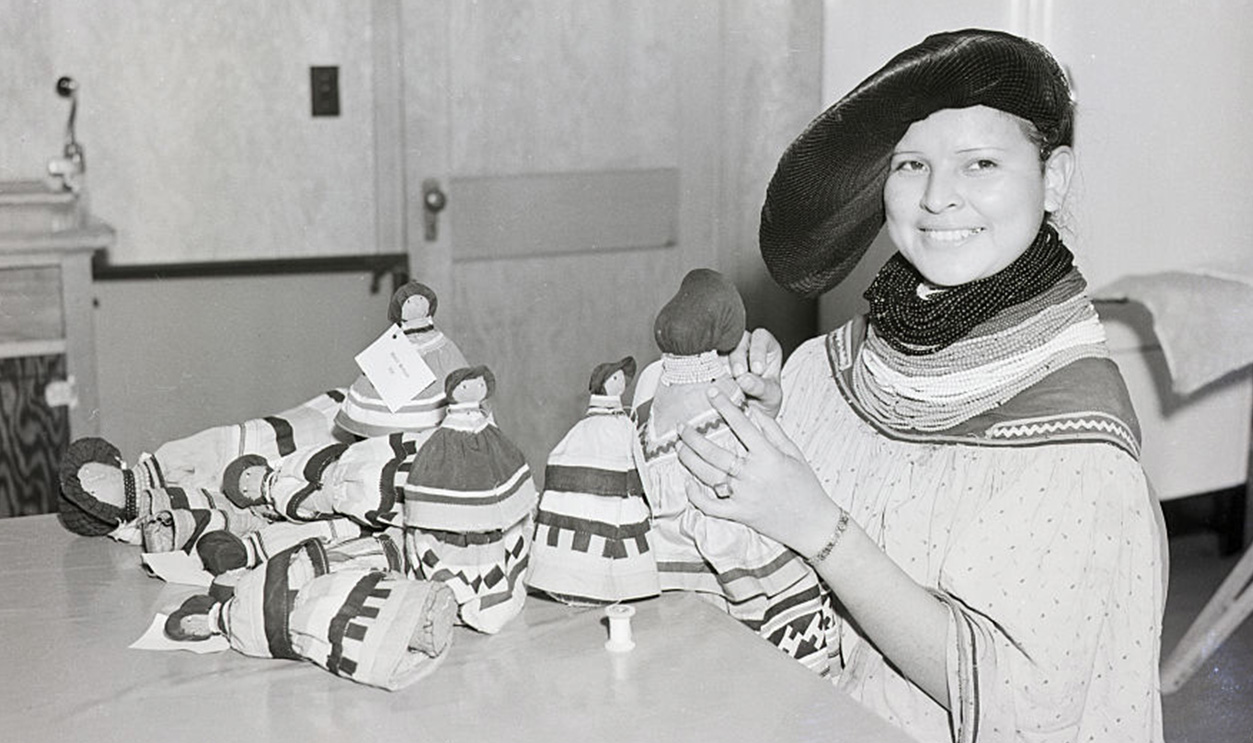
Who Are The Seminole?
The Seminole people are one of the few Native American tribes not to be conquered by the colonization of the United States by Spain or Great Britain. Unlike other tribes, they formed when Indigenous tribes emigrated to Florida from other parts of the US, escaping English colonization and violence in South Georgia.
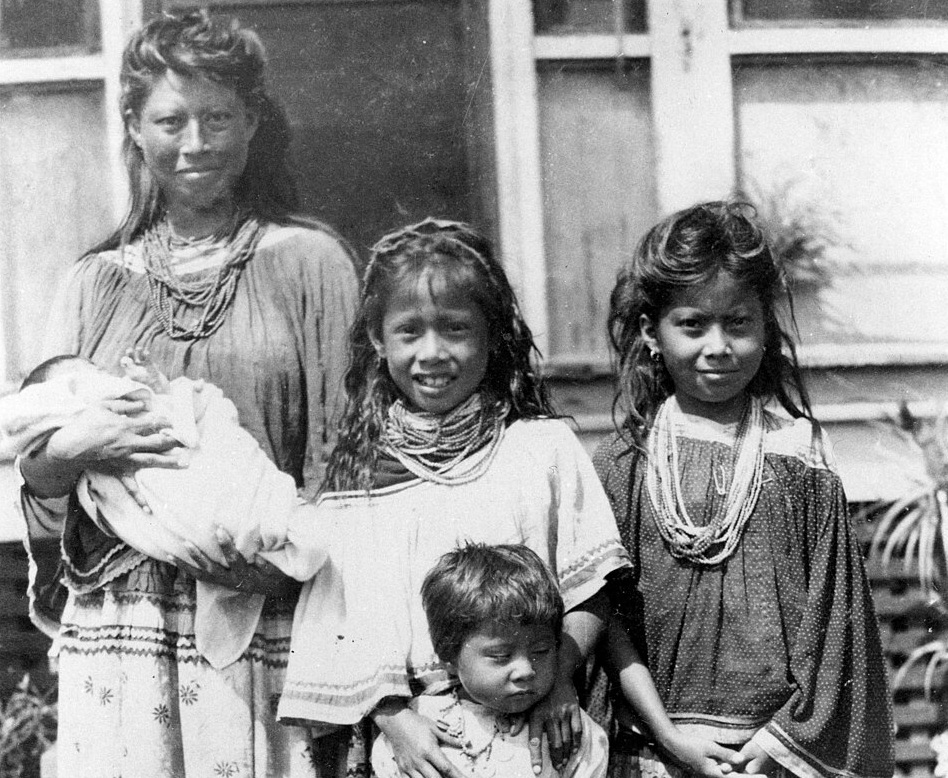 State Library and Archives of Florida, Wikimedia Commons
State Library and Archives of Florida, Wikimedia Commons
What Does Their Name Mean?
The word "Seminole" likely comes from the Creek word "simanó-li," which means "runaway" or "separatist." This makes sense when you consider where the Seminole came from. However, another theory is that the word is derived from the Spanish word "cimarrón", which means "wild one", a phrase historically used by the conquering Spanish to describe Native Americans in Florida.
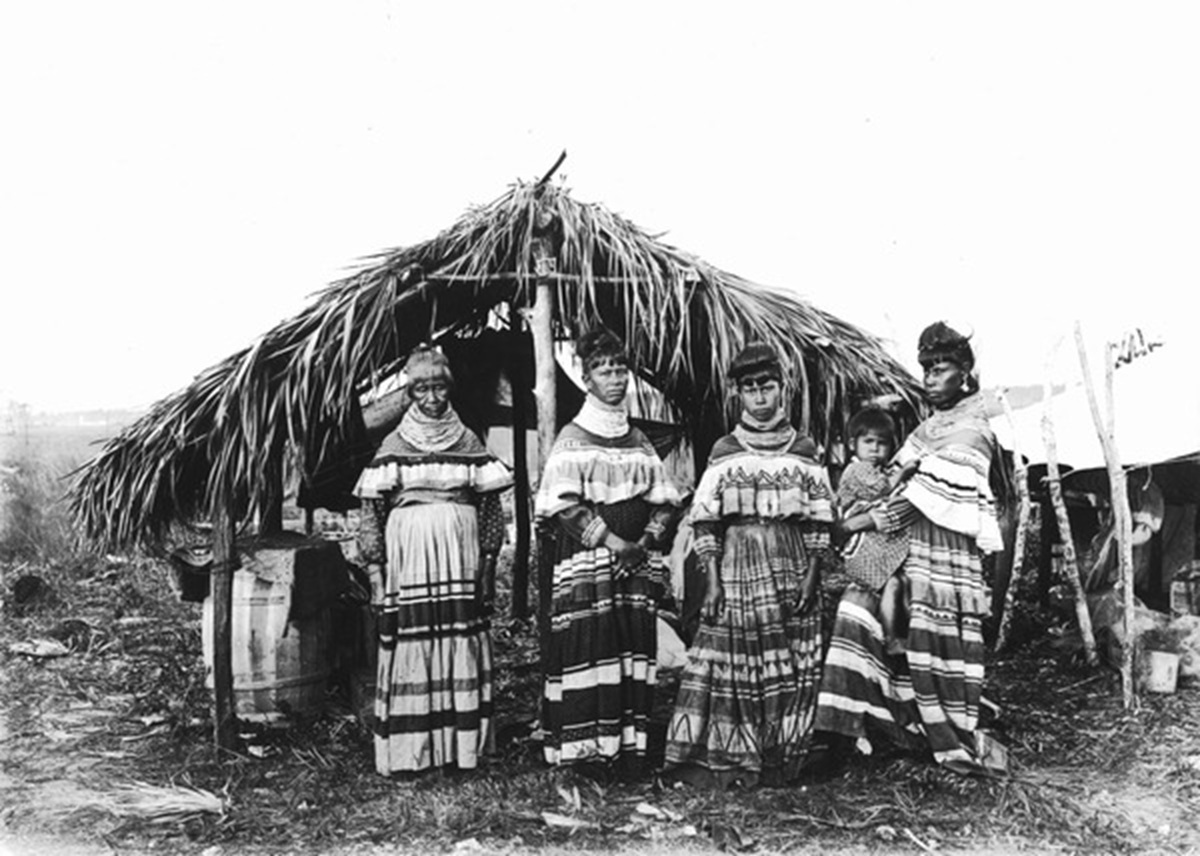 John Kunkel Small, Wikimedia Commons
John Kunkel Small, Wikimedia Commons
Who Were The Refugees On The Run From The English?
Against the backdrop of English colonization in North Georgia, many hundreds of Muscogee Creek indigenous peoples began moving into La Florida mid-way through the 18th century, repopulating an area that Eurasian infectious diseases and brutal violence from Spanish conquistadors had decimated.
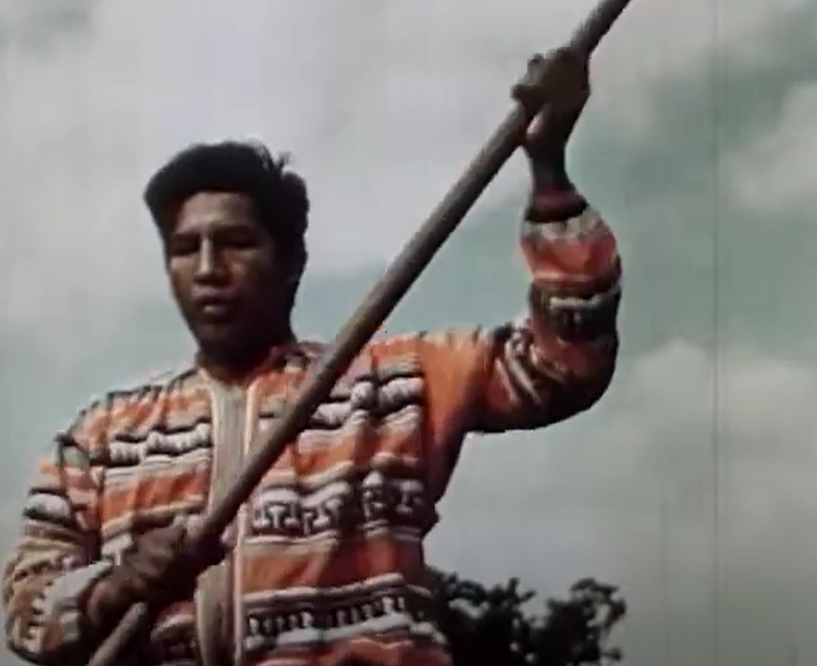 Seminoles of the Everglades (1949), A/V Geeks 16mm Films
Seminoles of the Everglades (1949), A/V Geeks 16mm Films
Other Refugees Fleeing Violence Made Up The Seminole
It wasn't just the Muscogee Creeks who came to La Florida; other tribes, including the Yuchi, Yamasee, and Chickasaw peoples, and enslaved people who had fled slavery in South Carolina also came. These individual tribal groups established small communities in the Florida Everglades.
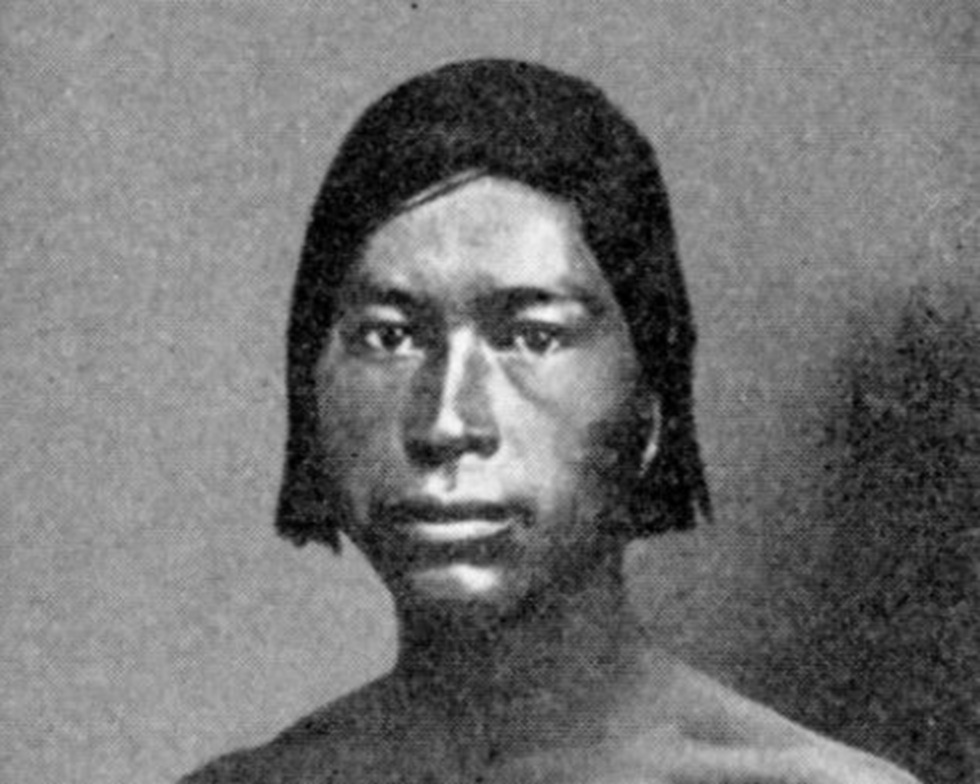 Unknown Author, Wikimedia Commons
Unknown Author, Wikimedia Commons
Creating A New Society
By the late 18th century, the various tribes had begun settling, building housing—mainly log cabins—and establishing hunting, fishing, and gathering wild berries as their food economy. The log cabins were called "chickees," thatched-roof homes with open sides.
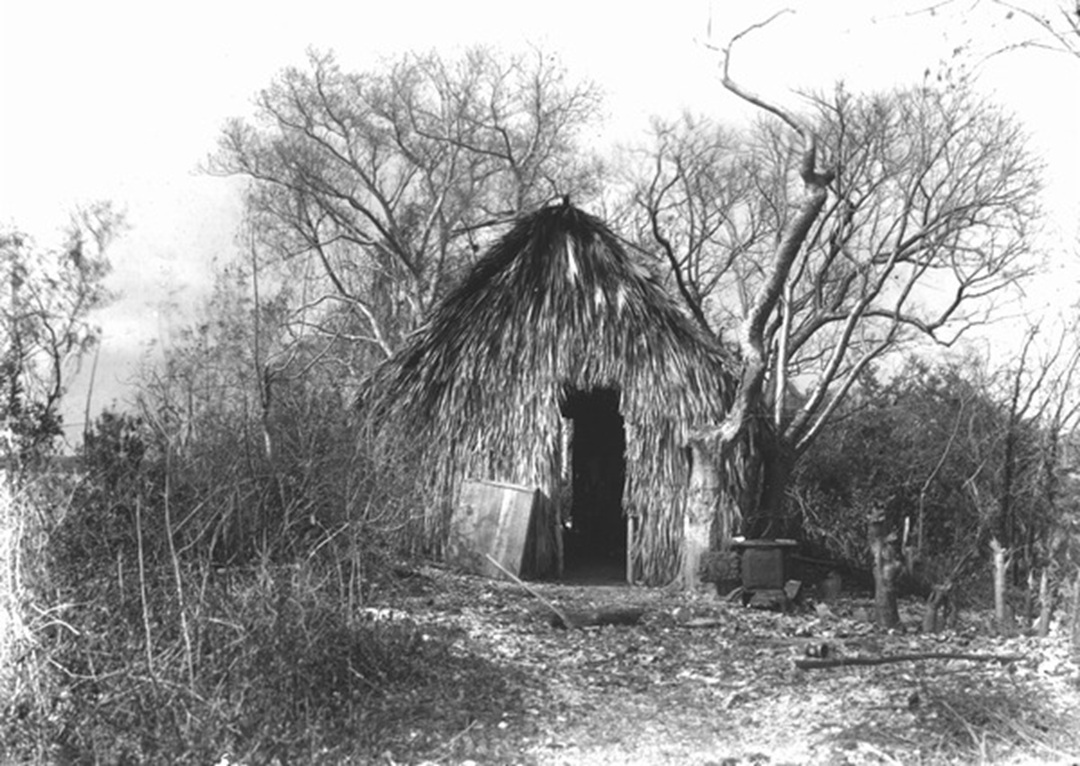 State Library and Archives of Florida, Wikimedia Commons
State Library and Archives of Florida, Wikimedia Commons
The Seminole Wars
As the Seminole established their communities of integrated tribes in the early 19th century, they began to seek ways to protect themselves from fighting a series of small wars against the colonial power of Britain, known as the Seminole Wars.
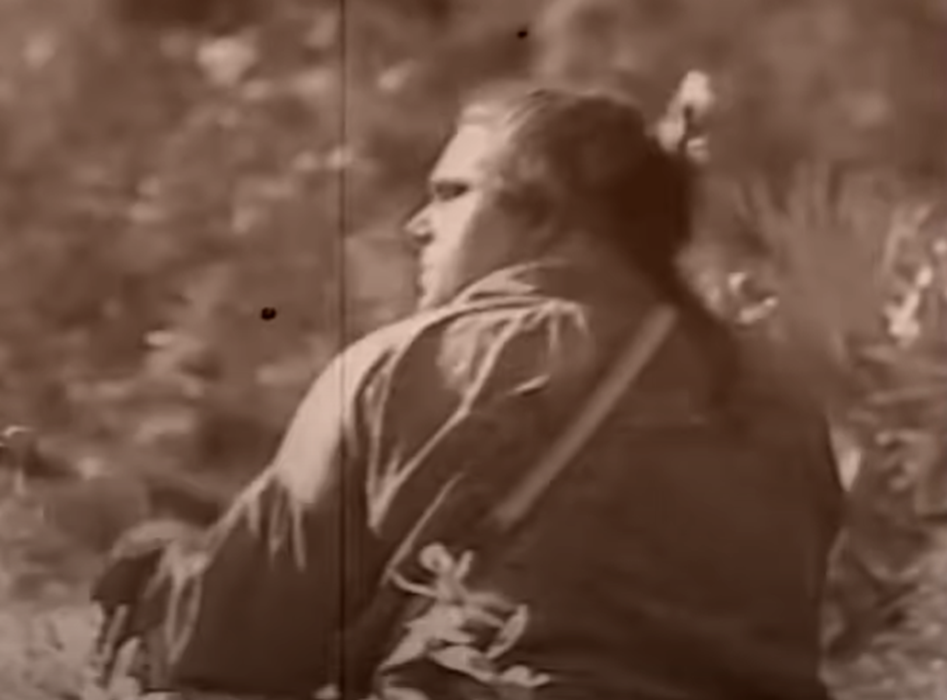 Unconquered Florida Seminoles - Untold Stories - Florida History, WGCU Public Media
Unconquered Florida Seminoles - Untold Stories - Florida History, WGCU Public Media
The First Seminole War
The First Seminole War was fought between 1817 and 1818, as the United States Government attempted to recapture runaway slaves that lived within the Seminole communities. Future American President Andrew Jackson was a General in the US Army who was ordered to bring the Seminoles under control and recapture the runaways.
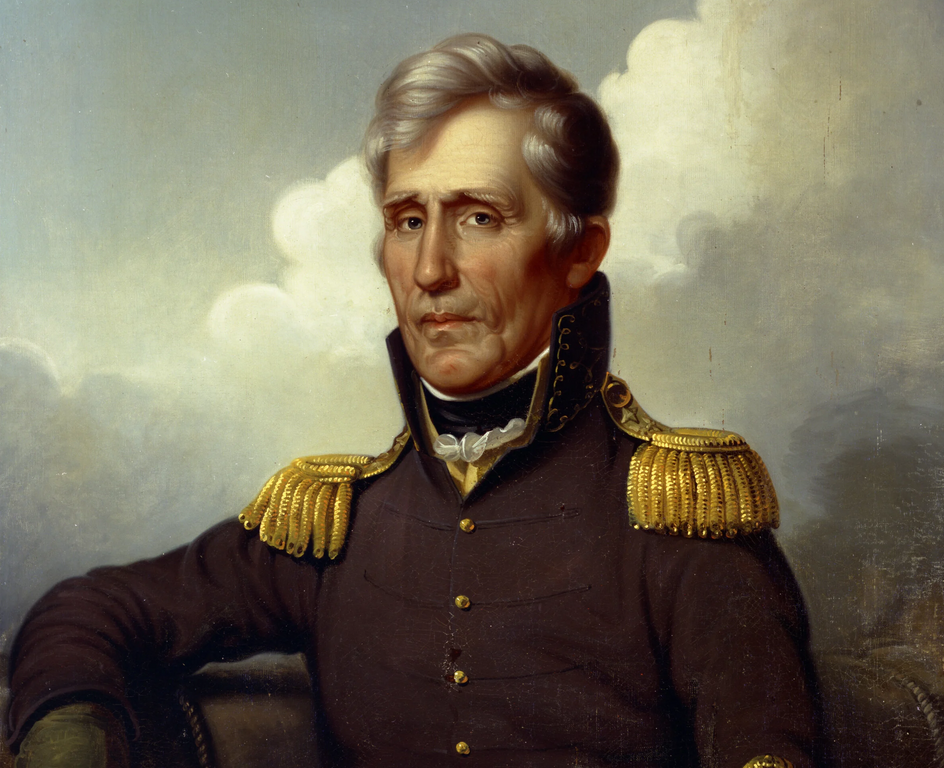 Rembrandt Peale, Wikimedia Commons
Rembrandt Peale, Wikimedia Commons
The First Seminole War (Cont'd)
Beginning with the destruction of a former British fort by Seminole Warriors in 1816, followed by Jackson and his army chasing the Seminole and their accompanying runaway African-American slaves across much of northern Florida, culminating in 1818 with an event so shocking that even the Spanish deemed it "border anarchy."
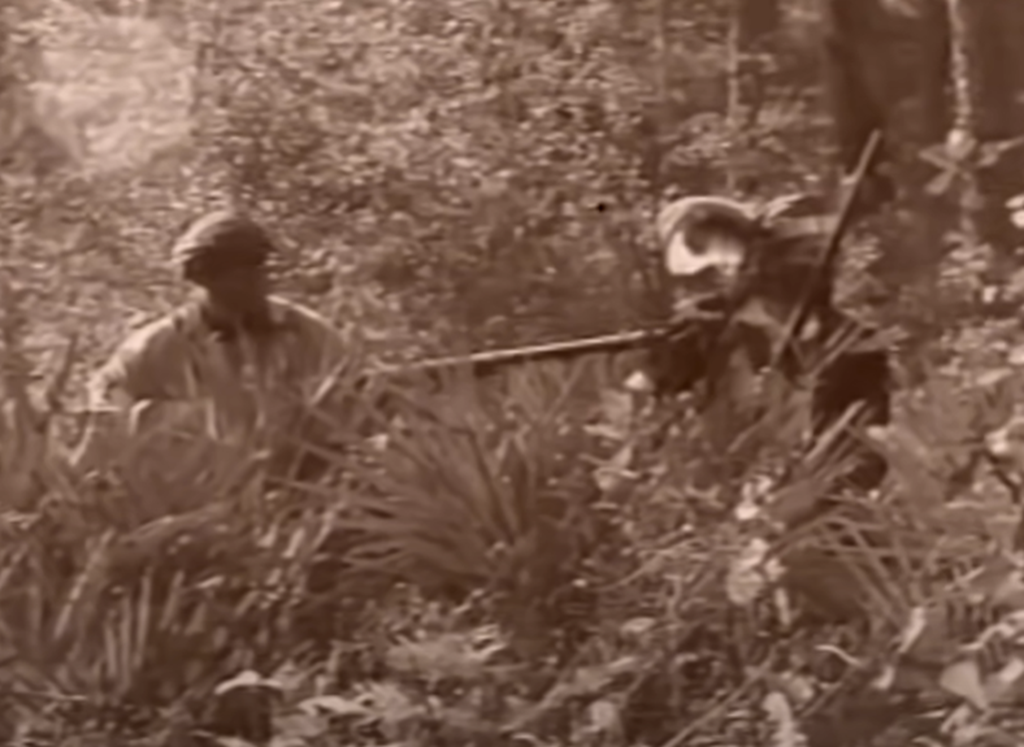 Unconquered Florida Seminoles - Untold Stories - Florida History, WGCU Public Media
Unconquered Florida Seminoles - Untold Stories - Florida History, WGCU Public Media
The Arbuthnot And Ambrister Incident
Alexander Arbuthnot and Robert Ambrister were two British citizens captured by Jackson in 1818, charged with aiding the Seminole in their attacks on American forces. British citizens in the newly-gazetted United States were supposed to be guaranteed certain rights and protections of conventional warfare. Instead, Andrew Jackson ordered them to be executed, along with two other prominent Seminole leaders, an action that outraged Spain and Britain.
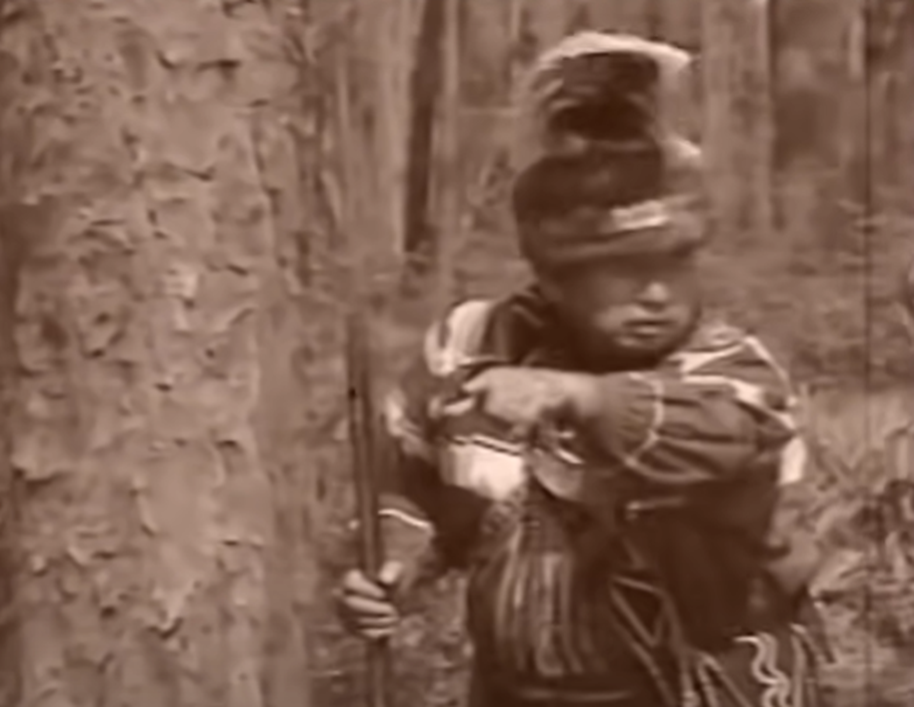 Unconquered Florida Seminoles - Untold Stories - Florida History, WGCU Public Media
Unconquered Florida Seminoles - Untold Stories - Florida History, WGCU Public Media
The Building Of Good Relations With Spain & Britain
Despite being enemies in the past, as the 19th century went on, Britain, Spain, and the Seminole people began to form a close relationship. Their dynasties of chiefs enjoyed good relations with Spain and Britain, which remained in the United States after the War of Independence and the decline of Spanish influence and colonial efforts in Florida.
 The History of Florida - The Seminole War, Historical Society of Palm Beach County
The History of Florida - The Seminole War, Historical Society of Palm Beach County
Micanopy, The Chief Of A Unified Nation
By the mid-19th century, the Seminole peoples had become unified under Micanopy, whose name meant "high chief" in the Hitchiti language. He would acquire large swathes of land for agriculture and utilize fugitive enslaved persons to work them. He would also encourage the Seminole and formerly-enslaved persons to intermarry, considering African-Americans to be human equals, unlike the views of many Americans at the time.
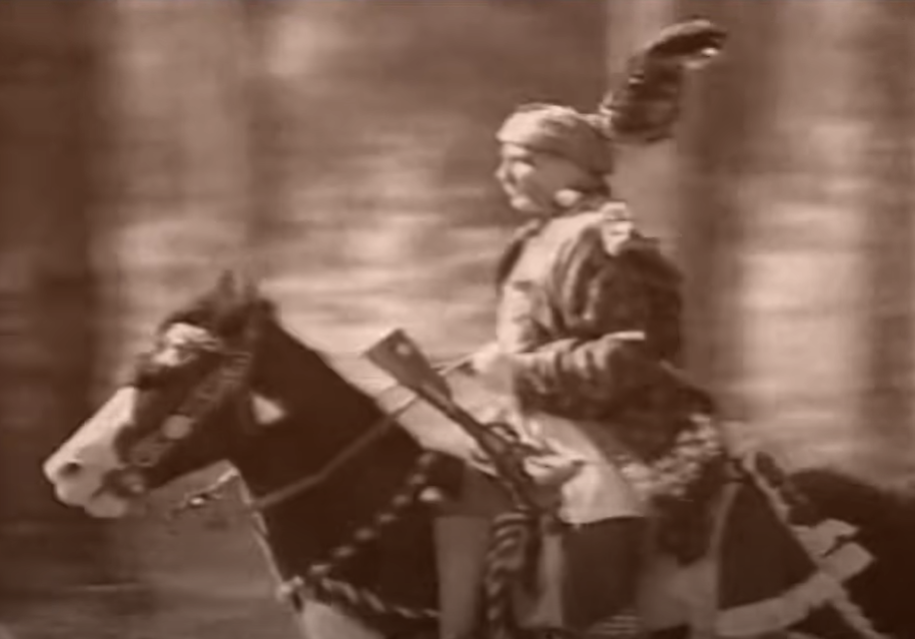 Unconquered Florida Seminoles - Untold Stories - Florida History, WGCU Public Media
Unconquered Florida Seminoles - Untold Stories - Florida History, WGCU Public Media
The Seminole Are Forced Out
When the United States purchased Florida from Spain in 1819 through the Adam-Onis treaty, many American settlers began colonizing the areas where the Seminoles lived. This forced the scattered tribal communities to retreat deeper into Florida, away from the coastal areas and into the wetlands.
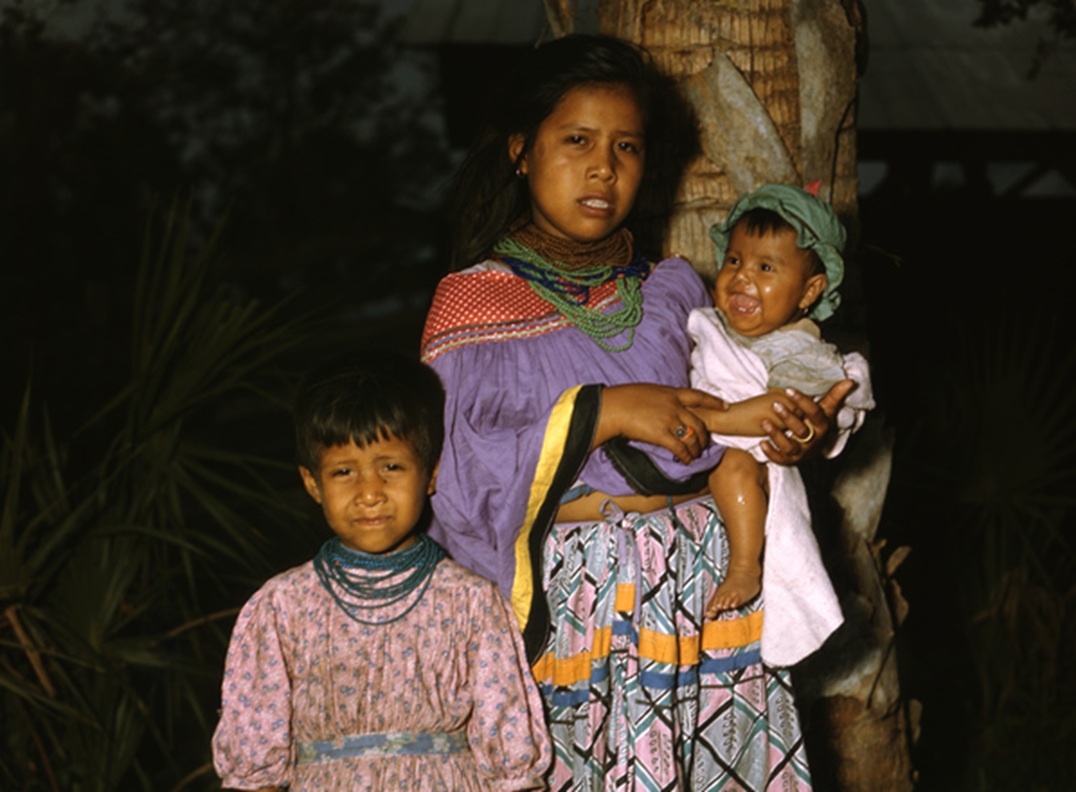 State Library and Archives of Florida, Wikimedia Commons
State Library and Archives of Florida, Wikimedia Commons
The Treaty of Moultrie Creek
In 1823, the United States Government and the chiefs of several groups of Native Americans signed the Treaty of Moultrie Creek, ending years-long hostilities, but also establishing a reservation in Central Florida, to which almost all Native tribes were to move. The resistance by the Seminole people (led by Micanopy) led to the Second Seminole War.
The Second Seminole War
The Second Seminole War began in 1835 after resistance to the forced relocation of the Seminole to Central Florida reached a boiling point. Beginning with the Dade battle of 1835, which saw the United States Army handed a swift defeat under ambush by 180 Seminole warriors. 103 US soldiers perished. The second Seminole War would last three years, littered with skirmishes and small victories.
 Unconquered Florida Seminoles - Untold Stories - Florida History, WGCU Public Media
Unconquered Florida Seminoles - Untold Stories - Florida History, WGCU Public Media
Micanopy Realizes The Futility Of Fighting
As he got older, Micanopy became wary of fighting the Americans, realizing that the US Army vastly outnumbered the Seminole. He, along with another chief, Osceola, organized a party to meet with the US Army under a flag of truce in 1837. General Thomas S. Jesup ignored this flag and captured the three men, plus 200 Seminole warriors, in a shocking violation of the conventions of war, which angered much of the local American population.
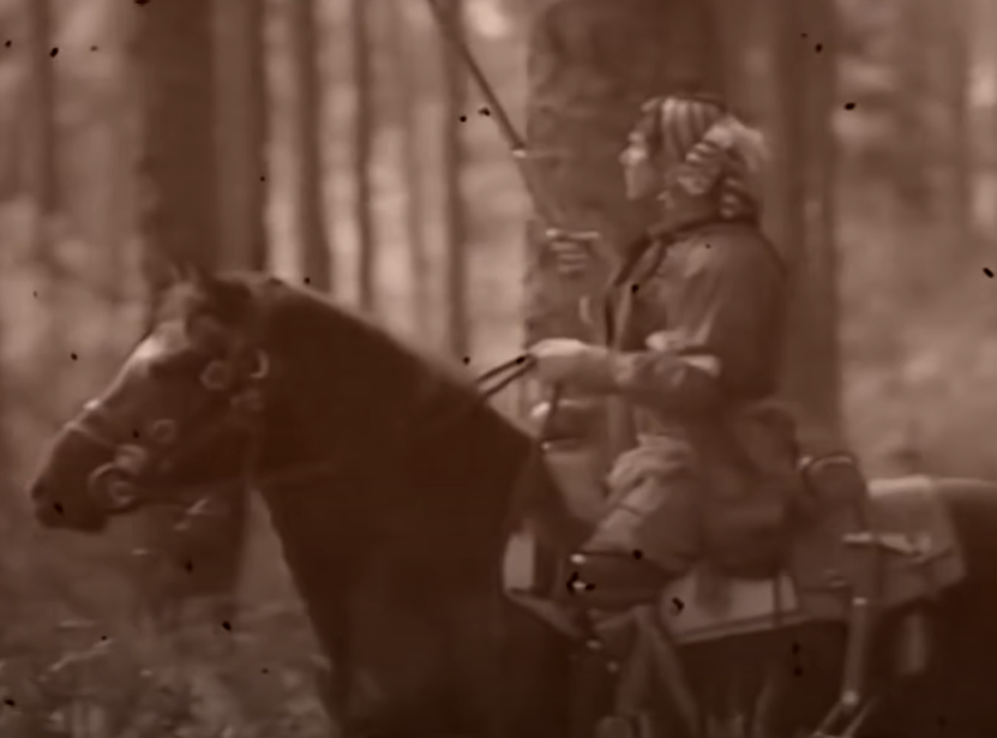 Unconquered Florida Seminoles - Untold Stories - Florida History, WGCU Public Media
Unconquered Florida Seminoles - Untold Stories - Florida History, WGCU Public Media
The Seminole War Chiefs Carry On Fighting
Despite Micanopy and the other 'chiefs' capture and execution, several Seminole war chiefs, namely Halleck Tuskenuggee and Abraham and John Horse, continued fighting against the Americans, spurred on by local support. These chiefs continued to carry out small raids against the Americans until 1842.
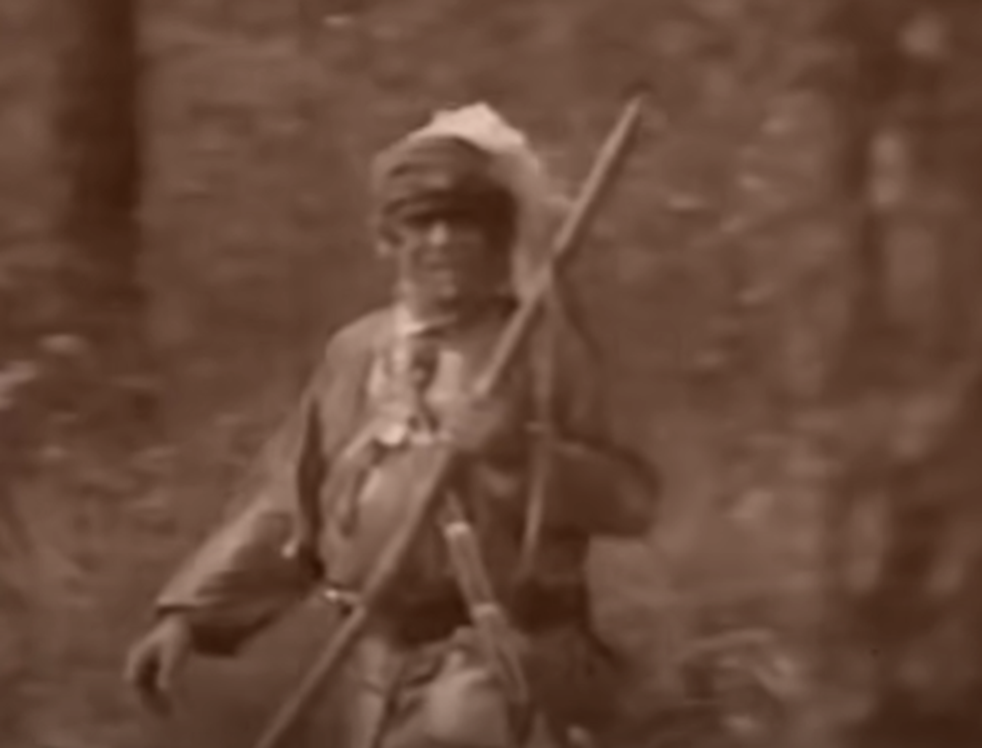 Unconquered Florida Seminoles - Untold Stories - Florida History, WGCU Public Media
Unconquered Florida Seminoles - Untold Stories - Florida History, WGCU Public Media
An Expensive, Unnecessary War
Culminating in the removal of an estimated 3,000 Seminoles and 800 African-Americans from Florida, with only a few hundred remaining, the Second Seminole War was declared over by Colonel William Worth on August 14, 1842. The United States spent an estimated $40,000,000 driving the Seminole out of Florida.
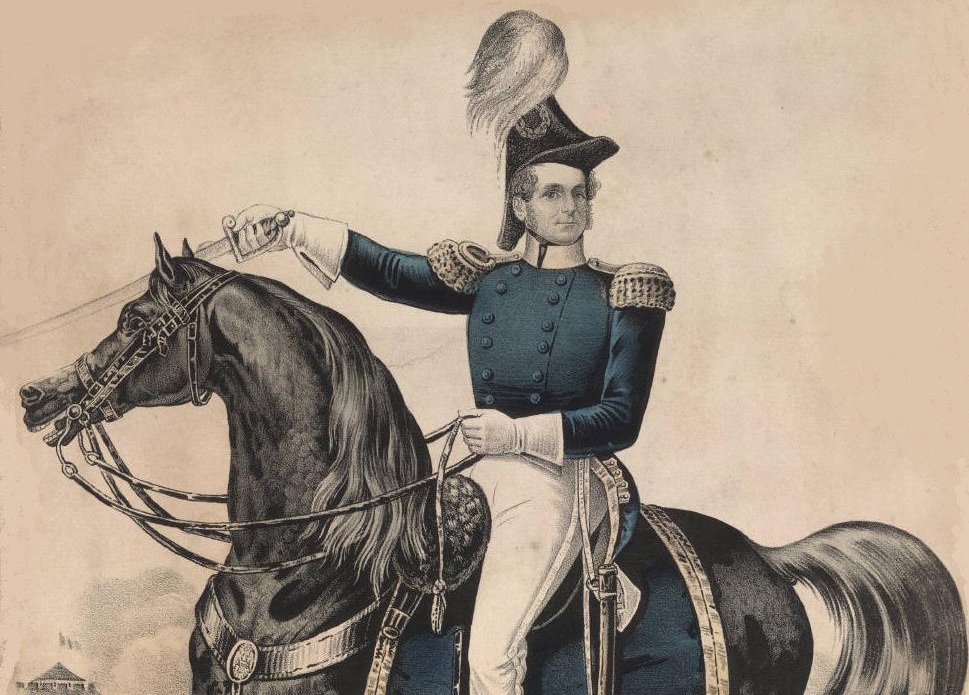 Lith. & Pub. by N. Currier, 152 Nassau St., New York, Wikimedia Commons
Lith. & Pub. by N. Currier, 152 Nassau St., New York, Wikimedia Commons
Yet, The Americans Did Not Learn Their Lesson
It would be almost 15 years before further conflict would erupt between the Seminoles and the American Government. However, in December 1855, the US Army stationed in an area west of the Everglades destroyed a Seminole plantation, prompting a response from Holata Micco, a tribal chief in the area. This tit-for-tat raid sequence lasted for a while before the Americans changed tactics, with devastating consequences.
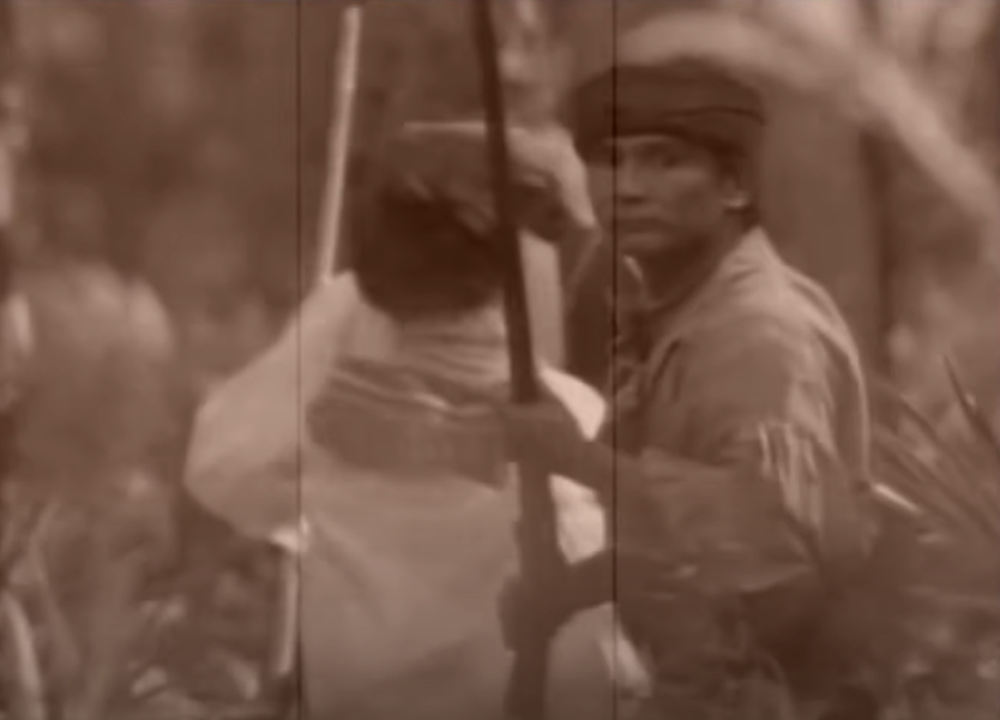 Unconquered Florida Seminoles - Untold Stories - Florida History, WGCU Public Media
Unconquered Florida Seminoles - Untold Stories - Florida History, WGCU Public Media
The US Government Targets The Seminole Food Supply
In another brazen act of cruelty and a violation of the norms of war, the United States Army targeted the food supplies of the Seminole people in the Everglades, attempting to starve and move out the remaining few hundred Seminole citizens. It worked. Facing starvation, dozens of Seminoles packed up and moved.
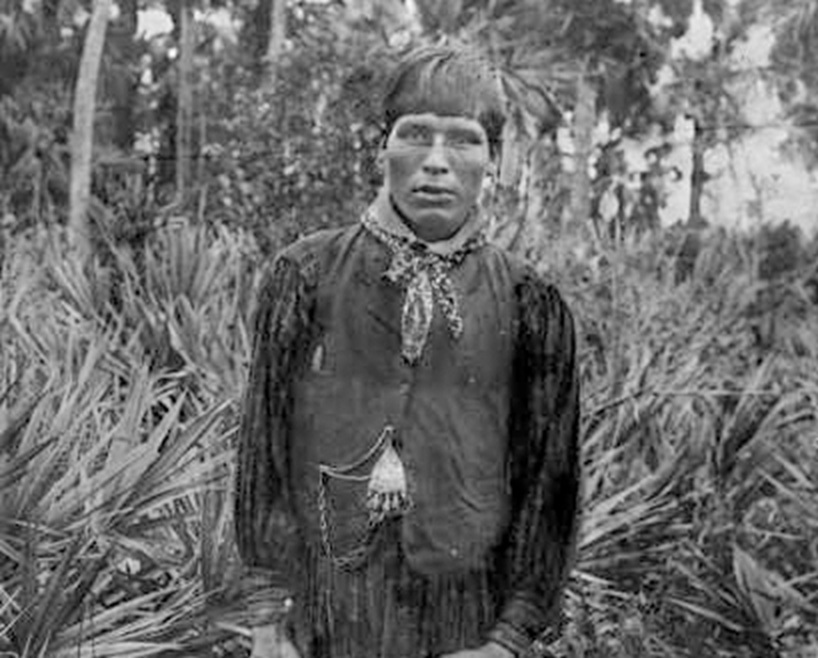 Unknown Author, Wikimedia Commons
Unknown Author, Wikimedia Commons
A Courageous Few Remained
Despite the threat of starvation, between 200 and 500 Seminoles remained in the Everglades, refusing to leave and retreating deep into the thickets surrounding Big Cypress Swamp. They never surrendered and were eventually left alone.
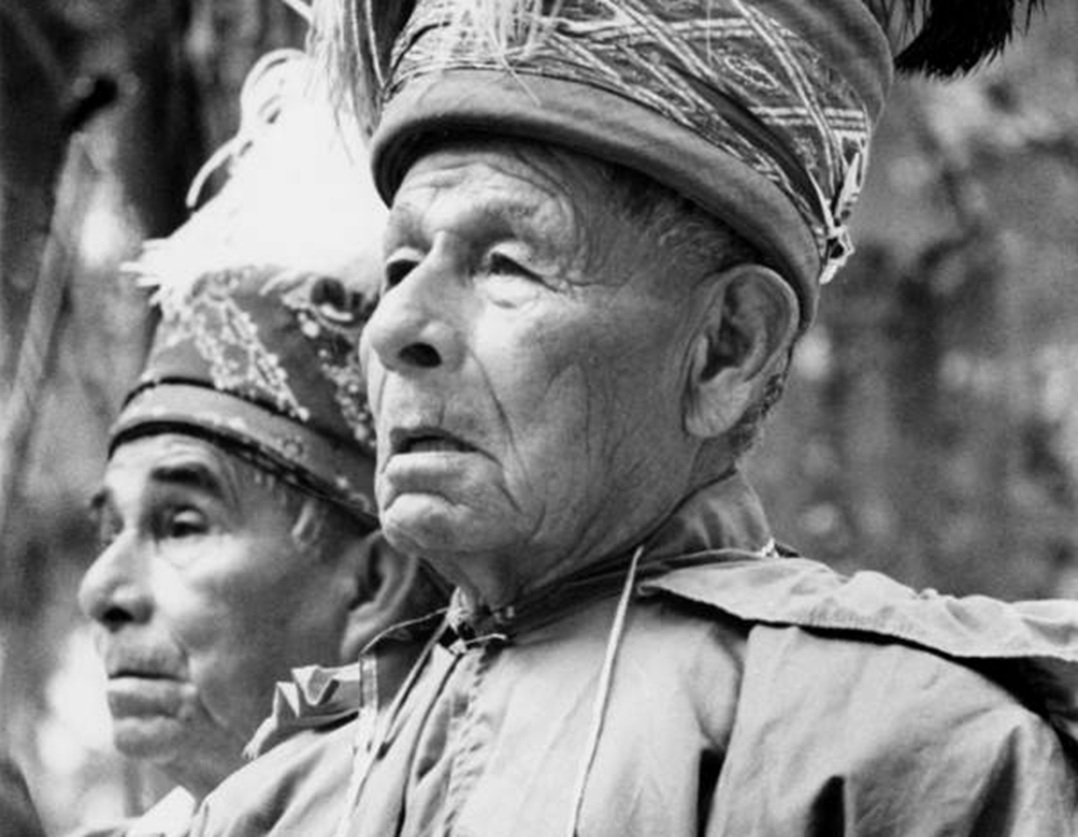 State of Florida, Wikimedia Commons
State of Florida, Wikimedia Commons
The US Government Tries Sweet-Talking The Seminoles During The Civil War
As the American Civil War began to brew in 1861, the Confederate Government of Florida was keen to keep the Seminoles onside, possibly understanding the tribe's skilled warfighting and resistance to oppression. The Government of Florida promised aid to the Seminoles in exchange for their loyalty during the Civil War. Another promise that went unkept. No aid ever arrived. The Seminoles remained neutral throughout the war.
 Seminoles of the Everglades (1949), A/V Geeks 16mm Films
Seminoles of the Everglades (1949), A/V Geeks 16mm Films
All Treaties Become Null And Void
Unfortunately, the United States government saw the neutrality and aid that some Seminoles gave to the Confederacy during the Civil War (as not all were uniformly neutral) as treachery. After the Civil War concluded, they declared all previous treaties null and void and insisted that new treaties be drawn up.
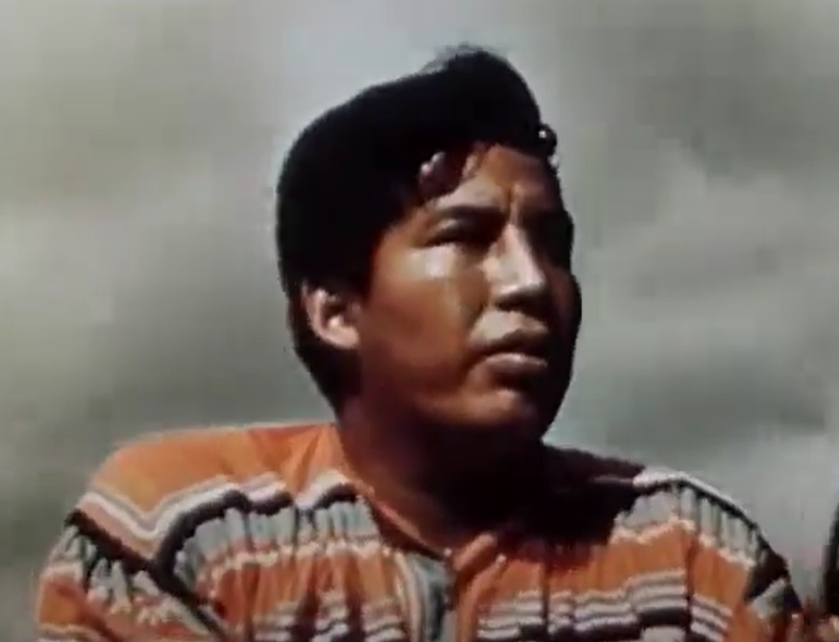 Seminoles of the Everglades (1949), A/V Geeks 16mm Films
Seminoles of the Everglades (1949), A/V Geeks 16mm Films
The New Treaties Establish A New Relationship
With the post-Civil War era United States Government in full swing and the Confederacy put down, the Seminole people began engaging in new treaty negotiations with the US Government, resulting in the treaty with the Seminole of 1866. Here are a few key points of the new treaty.
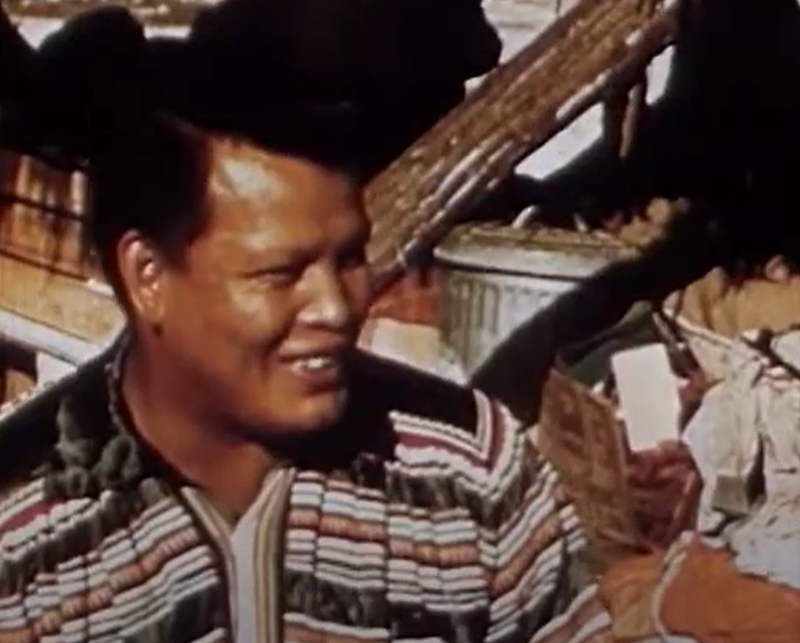 Seminoles of the Everglades (1949), A/V Geeks 16mm Films
Seminoles of the Everglades (1949), A/V Geeks 16mm Films
Perpetual Peace & General Amnesty
The treaty's first article laid out the formation of a perpetual peaceful relationship between the Seminoles and the United States Government, as well as amnesty (on both sides) for past transgressions. Additionally, the Seminole agreed not to attack any other Native American tribes in return for peaceful existence within their country, under pain of military intervention by the American Government.
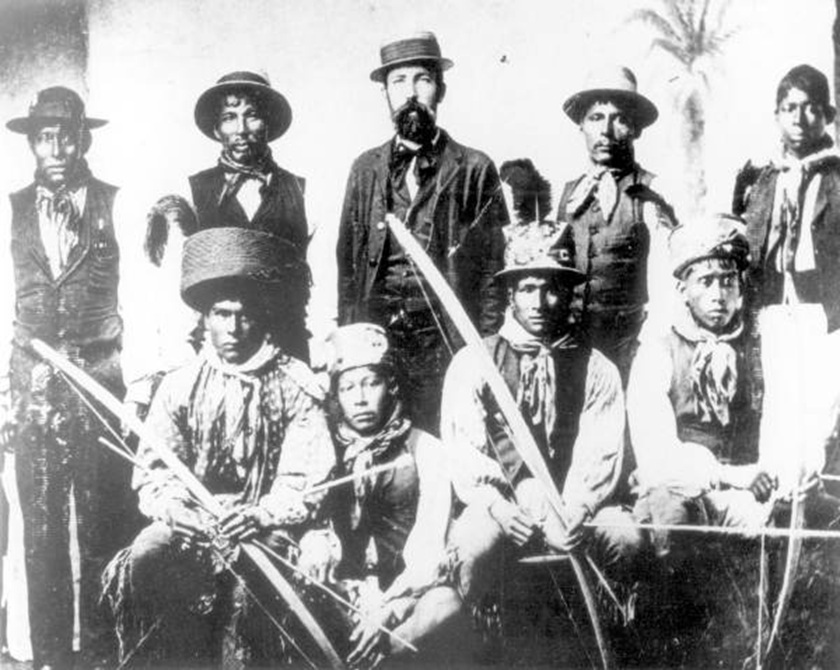 https://www.floridamemory.com/items/show/24918, Wikimedia Commons
https://www.floridamemory.com/items/show/24918, Wikimedia Commons
The Abolition Of Slavery & Adoption Of Black Seminoles As Seminole Tribespeople
Slavery was not to exist within the jurisdiction of the Seminole People, and any freed black enslaved persons residing in the jurisdiction were to be adopted into the tribe. The United States Government also agreed to purchase 2.1 million acres of Seminole land.
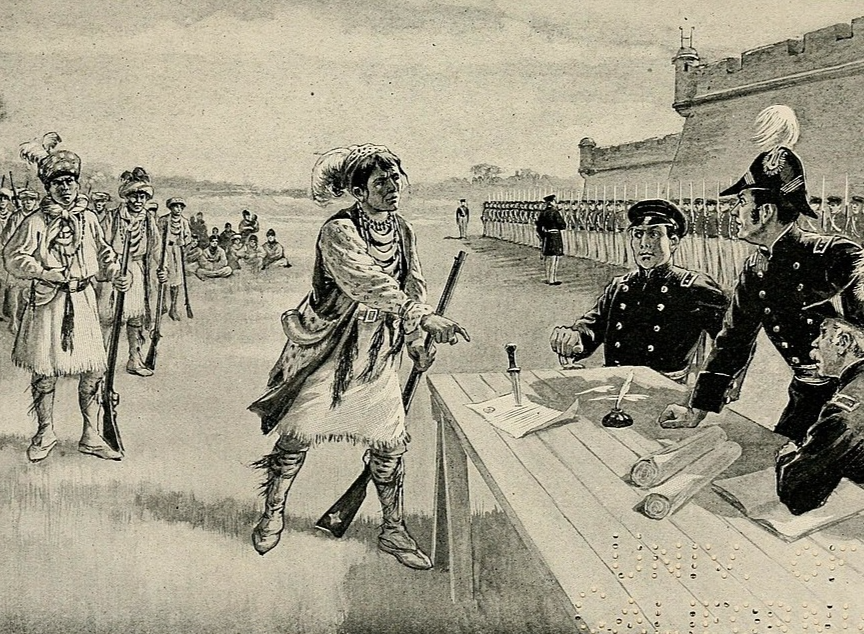 Internet Archive Book Images, Wikimedia Commons
Internet Archive Book Images, Wikimedia Commons
The Seminole Trade Business Blossoms In The Early 20th Century
After the Civil War, Reconstruction followed, and the Seminoles began trading in products such as alligator hides and bird plumes in Florida. This industry boomed during the early 20th century. Unfortunately, new state and federal laws all but ended the plume trade before the start of World War I, effectively cutting off the Seminoles' ability to make money with traditional goods.
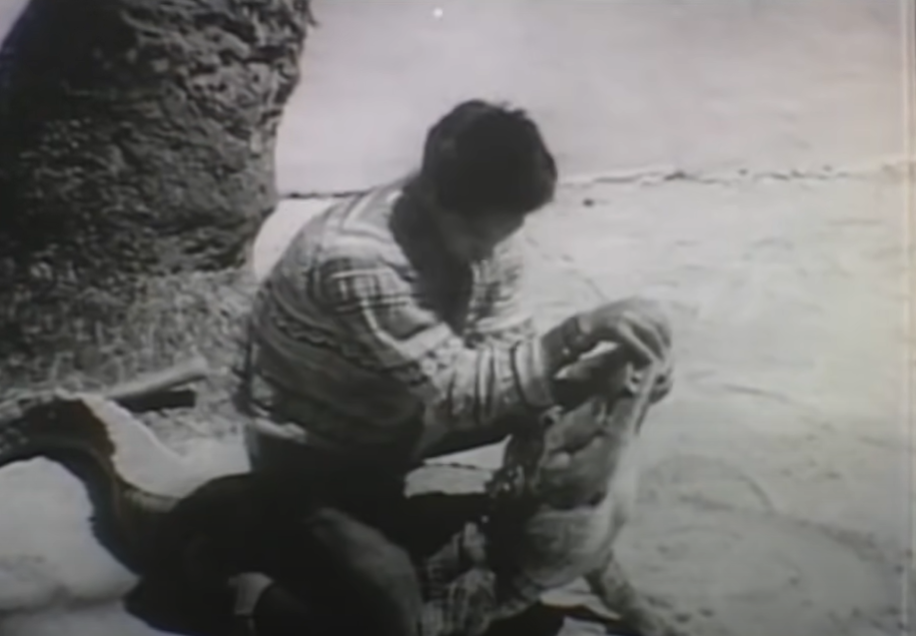 Unconquered Florida Seminoles - Untold Stories - Florida History, WGCU Public Media
Unconquered Florida Seminoles - Untold Stories - Florida History, WGCU Public Media
Seminoles Refused Enlistment During World War II
Despite qualifying for the national draft, 65 Seminoles fled into the Everglades so they wouldn't have to fight in World War II. The Superintendent of the Seminole Indian Agency in Dania Beach, Florida, convinced 63 Seminoles to register for the draft.
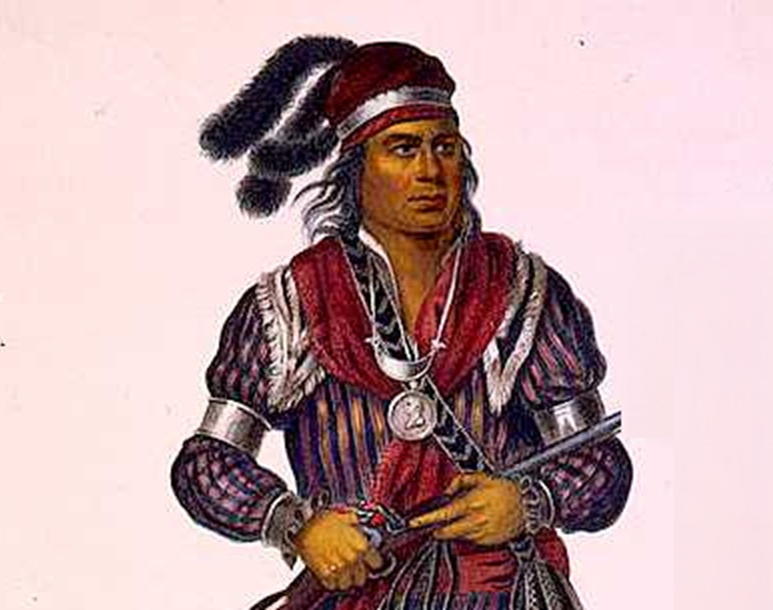 McKenney & Hall, Wikimedia Commons
McKenney & Hall, Wikimedia Commons
The Great Seminole Court Case Of The 1950s
Following World War II, Seminoles from Florida and Oklahoma took the US Government to court, claiming they had not received their dues under the Treaty of 1866. The Government settled the suit in 1976 for $16 million, which the Seminole Peoples used to initiate Native American gaming—the practice of building casinos, bingo halls, slot halls, and more to generate revenue and income for reservations. The Seminoles were among the first in the US to use gambling as a revenue generator on their reserves.
 Jillian Cain Photography, Shutterstock
Jillian Cain Photography, Shutterstock
One People, Three Nations
As they became scattered throughout centuries of conflict with the United States Government, the Seminole People divided themselves into three separate nations: the Seminole Nation of Oklahoma, the Seminole Tribe of Florida, and the Miccosukee Tribe of Indians of Florida. All three are independent nations recognized at the state and federal levels.
Population Regrowth
According to the 1910 Census, the Seminole population was around 1,729 at the height of their forced removal by the United States Government. Over a century later, according to the World Population Review, that population is currently 19,149.
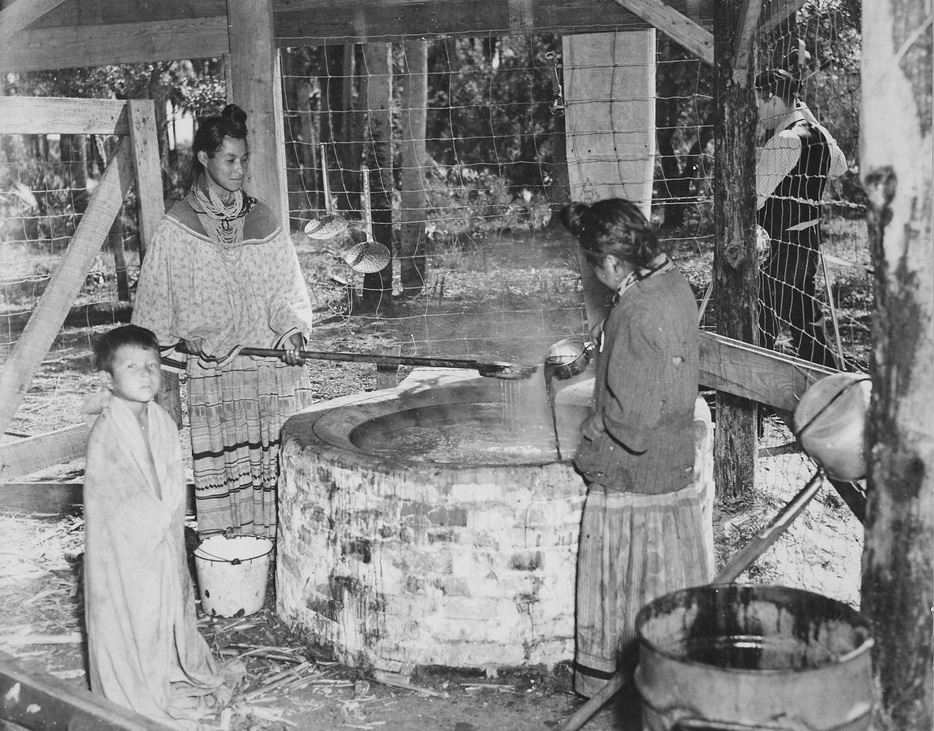 National Archives at College Park, Wikimedia Commons
National Archives at College Park, Wikimedia Commons
Seminoles Are A Free People
Seminoleans refer to themselves as "yat'siminoli" or "free people" because they have never surrendered to the United States Government or signed a peace treaty. Despite the previous treaties of Payne's Landing and Moultrie Creek, the Seminoles believed these treaties were null and void, as the United States broke both.
You May Also Like:
The Zulu People Of South Africa
Ranking The Rudest States In America, According To Data
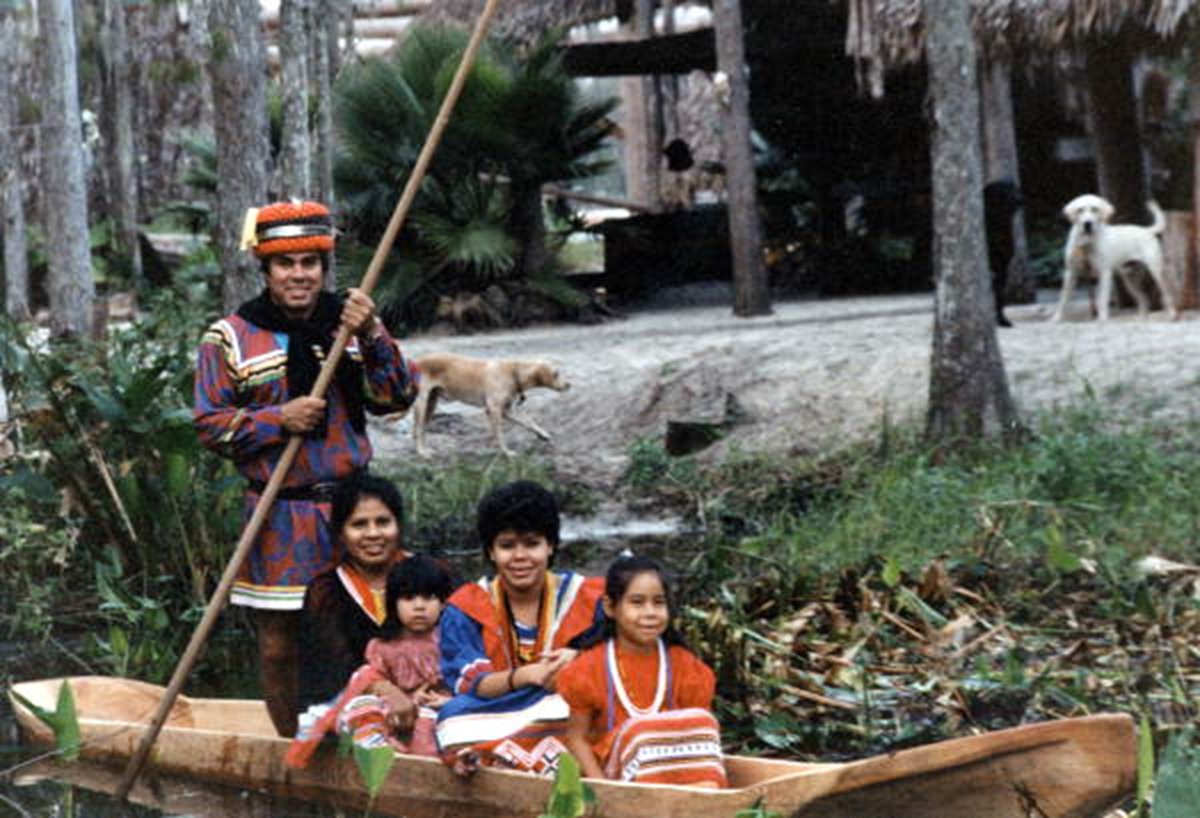 Florida Memory, Wikimedia Commons
Florida Memory, Wikimedia Commons
Sources:



